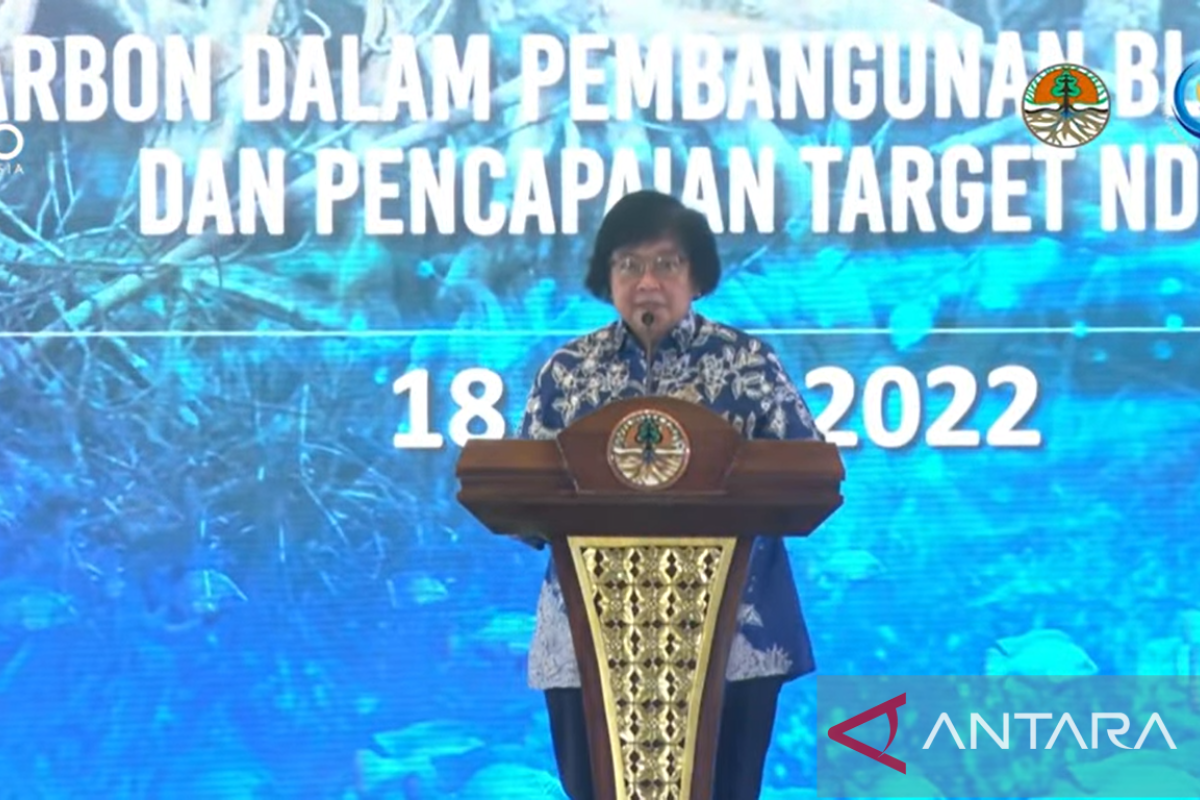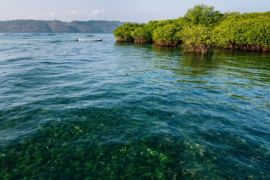Speaking at a discussion on blue carbon, Bakar explained that the net-sink document for the Forestry and Other Land Use (FoLU) sector, which has been issued by the ministry, identifies mangroves as a crucial factor for reaching the net-sink goal by 2030.
“But, I still see there are many things to be explored for carbon from the marine ecosystem," the minister said during a virtual workshop on ‘Blue Carbon in Developing Blue Economy and Reaching the NDC Target,’ accessed from here on Monday.
The potential for reducing blue carbon emissions gives Indonesia the opportunity to accelerate the mitigation of climate change and the goal of cutting greenhouse gas emissions, which are both stipulated in the Nationally Determined Contributions (NDC) document.
Indonesia is targeting to cut greenhouse gas emissions by 29 percent through its own efforts and by 41 percent with international support, Bakar noted.
"We see that the marine ecosystem potentials are considerable, which we can prioritize as blue economy and blue carbon. At the same time, we may together think that in processing blue carbon, there is a better carbon identity and quality," she said.
At the same workshop, Maritime Affairs and Fisheries Minister Sakti Wahyu Trenggono explained that the rate of greenhouse gas emissions can be reduced through the expansion of coastal conservation zones.
"Firstly, by expanding restricted conservation zones, which cannot be touched and needs serious funding. We can convey to the world that it is important for us to contribute to climate change (mitigation)," Trenggono explained.
Secondly, emissions can be reduced by maintaining fisheries populations through the implementation of the quota-based fishing policy, he added.
Related news: Indonesia to discuss blue economy, blue carbon during G20 presidency
Related news: Preserving Indonesia's mangroves to nurture blue carbon potential
Translator: Prisca V, Kenzu T
Editor: Suharto
Copyright © ANTARA 2022












